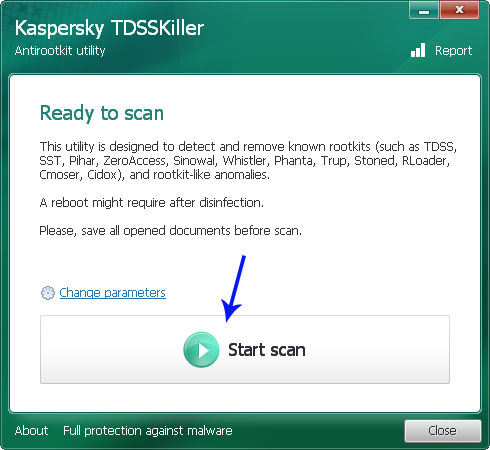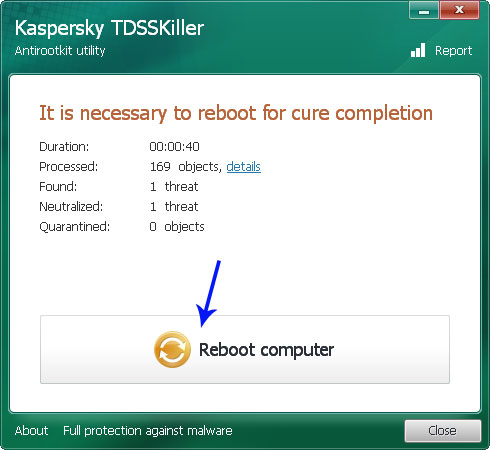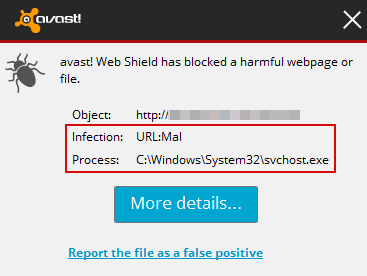You might take a certain pride in your ability to stay safe when you're online. You choose passwords that are hard to crack, you have a decent anti-virus program installed, you don't open email attachments from spammers and you don't tell the world on social media when you're going to be out of town and your home left empty. Well we are sorry to be the bearers of bad news because if you've been infected by the URL:Mal svchost.exe malware, your copy sheet will be well and truly blotted, as you will have been responsible for triggering the infestation.
And if you're wondering, that is precisely how this malware gets its name – from the Web Shield detection algorithms. A malicious website (or a file) is usually an object which is detected when a malicious file installed on your computer tries to connect to a remote web server controlled by cyber criminals. URL:Mal part simply means that the website is malicious and has to be blocked. Now, the svchost.exe is actually a genuine Windows file used by malware to avoid anti-virus detection. The malware uses dll injection to add its code to a genuine Windows file, in this case svchost.exe, and thus avoid Windows firewall and anti-virus detection. Obviously, you can't just delete svchost.exe from the system. You won't remove the malware and besides Windows probably won't let you to remove it anyway. You need tools for URL:Mal svchost.exe detection and cleaning. That's the only way to remove this malware without corrupting Windows system files.
Just like the giant horse that posed as something harmless, URL:Mal svchost.exe will similarly try and trick you into thinking that there is nothing wrong with it. Fall for its wiles and you'll accept it beyond your computer's defenses so that it can wreak havoc on your system from the inside.
So how do you know if you are in the presence of URL:Mal svchost.exe? The malware can manifest itself as a pop-up window that a former malware infection has left on your PC. You can also be at risk if you download a file, app or some software that has been compromised and packaged with a Trojan. Yet other Horses may be hidden in a link or an attachment sent via email or instant messenger.
Wondering what this malware infection can do? It can create instability in your operating system and problems on your hard drive, and it can also corrupt files, programs and data. You might suddenly find that you cannot access files, apps or software as well. In short, URL:Mal infections are a nightmare so if something is trying to tempt you into downloading it, stop and wonder why before you do some real damage.
To remove URL:Mal svchost.exe malware and other threats from the same malware family that may have been installed on your computer, please follow the removal guide below. If you have questions, leave a down comment below. I will be more than happy to help you. Good luck and be safe online!
Written by Michael Kaur, http://deletemalware.blogspot.com
URL:Mal svchost.exe Removal Guide:
1. First of all, download recommended anti-malware software and run a full system scan. It will detect and remove this infection from your computer.
NOTE: If you are using Internet Explorer and can't download anti-malware software because "Your current security settings do not allow this file to be downloaded" then please reset IE security settings and try again.
2. Download and run TDSSKiller. Press the button Start scan for the utility to start scanning.

3. Wait for the scan and disinfection process to be over. Then click Continue. Please reboot your computer after the disinfection is over.







0 commentaires:
Enregistrer un commentaire